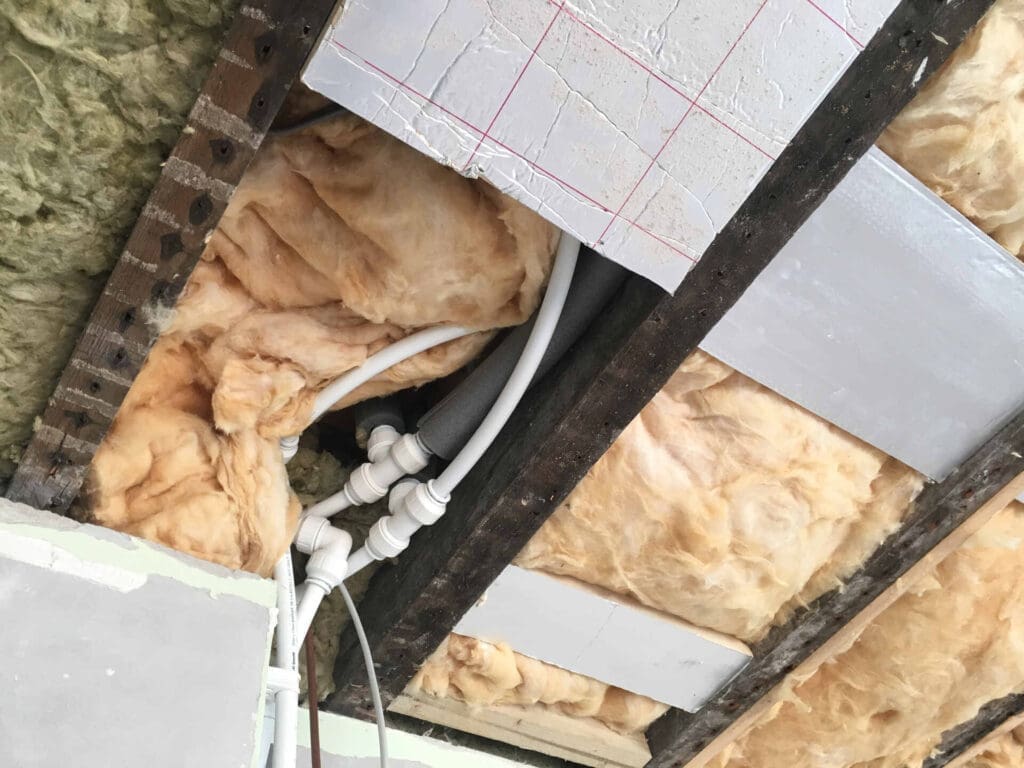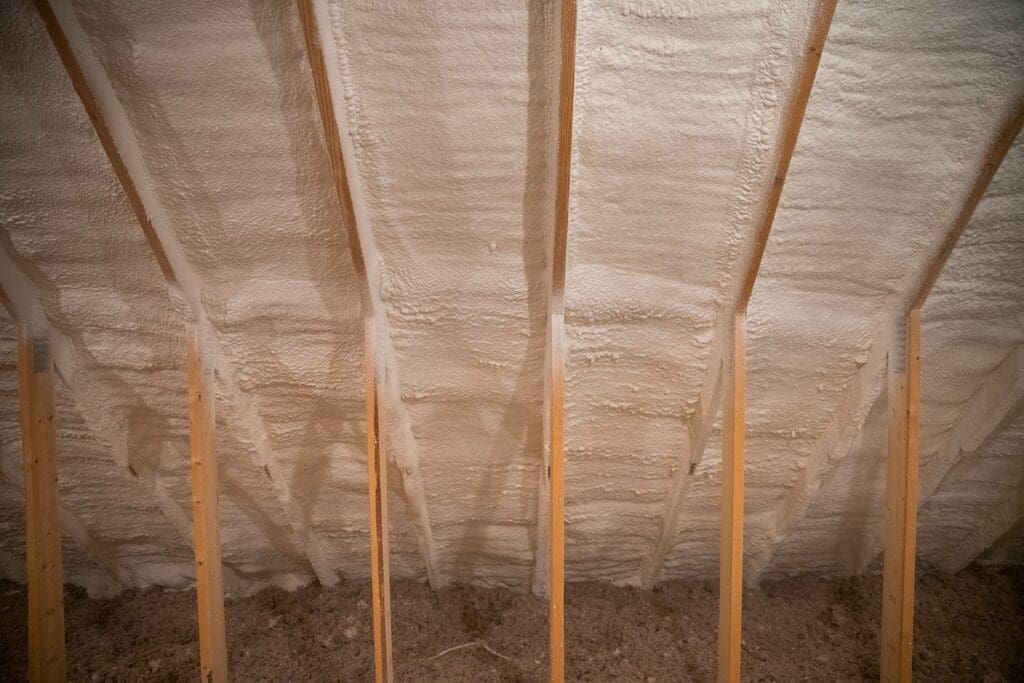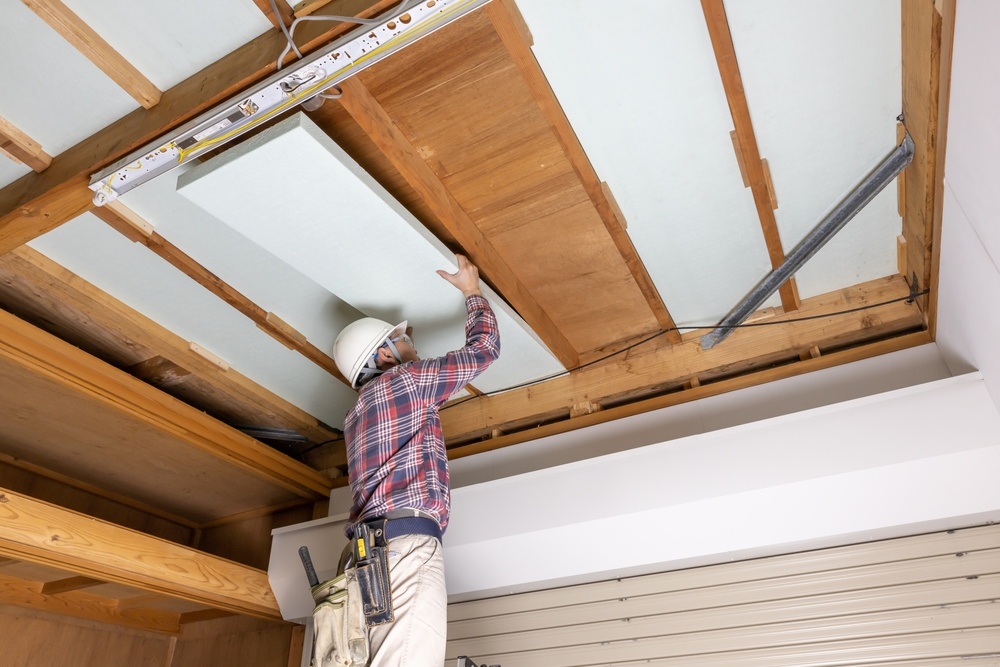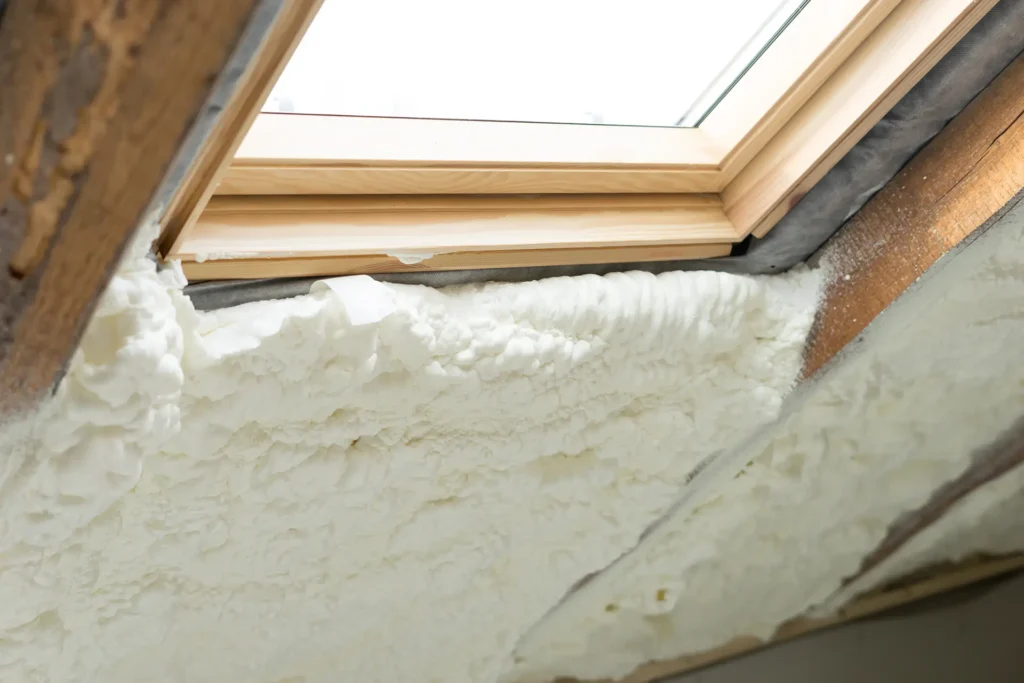Spray Foam vs. Rigid Foam Insulation
You can explore all sorts of insulation options for your home. Foam spray, for example, consists of polyol resin and isocyanate. Insulation technicians install it by spraying it directly on the walls of a building. On the other hand, foam board comes in flat, rigid planks. Installers apply it by pressing and stapling it to the walls.
Knowing whether to pick spray foam vs. foam board or rigid foam to insulate your Northeast Wisconsin home can make all the difference in the world. Keeney Home Services outlines how they perform and where they work best below.


Benefits of Spray Foam Insulation
Also known as open-cell insulation, spray foam insulation costs more than rigid foam insulation. However, the following benefits often off-set the initial costs for many Wisconsin homeowners:
- Quality comfort: Installers can use the spray application method to fill in cracks in the walls. You will have fewer drafts altering your home’s internal temperature during bitterly cold winters.
- Moisture resistance: Humidity and precipitation won’t penetrate your home as easily.
- Improved indoor air quality: Since spray foam closes those tiny openings, it prevents outdoor allergens from entering your household, too.
- Speedy installation process: Spray applications typically mean shorter project turnarounds.
- Sound reduction: If you live in a busy neighborhood, you might prefer spray foam for its ability to eliminate sound pollution.
- Energy savings: Spray foam’s uncompromising coverage often means improved energy efficiency and utility savings following installation.
Benefits of Rigid Foam Insulation
Are you weighing the pros and cons of foam board insulation vs. spray foam? Foam board does have several advantages, including:
Higher R-value
Rigid foam’s higher R-value indicates higher energy efficiency.
Longevity
Foam boards typically last longer than spray foam due to their rigidity and uncompromising structure.
Moisture and pest resistance
Rigid foam resists moisture penetration and doesn’t readily succumb to insects and rodents.
Simple installation in specific spots
When insulation technicians install foam board, they can secure it straight to support walls.
However, rigid foam falls short due to its structural rigidity. Your installation service must take care during installation to avoid gaps between the boards and structure. Otherwise, you might struggle with the chilling effects of drafts during icy Wisconsin winters.
Comparison of Spray Foam and Rigid Foam Insulation
Before choosing spray foam vs. foam board, you should understand how each might impact your quality of life and utility expenses. Explore some of how their facets and performance differ below.
Foam boards typically last longer than spray foam. It can also improve the structural integrity of your home. However, spray foam works better at sealing air leaks and drafty areas in attics and similar spaces.
Spray foam often costs more to install than foam boards. Spray foam also might require replacement services much sooner than boards due to its fragility. That said, spray foam could help you save on your energy bills.
Your installation service will likely use a long hose to spray the foam. Meanwhile, the foam board features adhesive on the back panel, making it more fiddly to install.
Rigid foam wins overall in environmental impact. It lets off fewer emissions than its spray-foam counterpart.


Choosing the Right Insulation for Your Home
Both types of insulation have advantages and disadvantages. Perhaps choosing one over the other isn’t the answer. You might get better results from combining the two, using spray foam near structural seams and foam board as a basic form of coverage.
Get Expert Advice
The final decision isn’t always as simple as spray foam vs. foam board. Call us for a service consultation or free energy audit, or request a free quote below.
